In recent days, you must have seen a viral video spreading rapidly across social media — a story that shows a girl named Radhika and a dolphin. Millions of people have already watched it, and many are left shocked and emotional. But the reality is very different. The so-called “incident” shown in that video never actually happened. In fact, it was created using artificial intelligence. There was no such accident in real life. Yet, this viral clip has managed to spark an important curiosity among people: a growing interest in the creatures of the ocean. And this is the perfect moment to introduce you to not just dolphins, but to the largest living creature on Earth — a being so enormous and magnificent that no other animal can match its size. Yes, we are talking about the Blue Whale.

The size and scale of the blue whale are truly beyond imagination. Just its weight alone is staggering — nearly 150,000 kilograms, which is roughly equal to the combined weight of 30 elephants! Its tongue alone weighs as much as a full-grown elephant. Even more astonishing is the growth of its young ones. A newborn blue whale calf gains nearly 90 kilograms every single day. To put that in perspective, what humans might gain over several months, a whale calf achieves in just one day. When it comes to length, the blue whale can reach up to 100 feet, making it the largest animal ever to exist on this planet. And their lifespan? They live an average of 80 to 90 years. Scientists have developed a fascinating way of measuring their age: much like tree trunks have rings that reveal their age, the wax that builds up inside a whale’s ear canal forms layers every six months. By counting these waxy layers, researchers can estimate the whale’s exact age. Truly, the blue whale is one of the most awe-inspiring creations of nature.

Beyond its sheer size, the blue whale plays an extraordinary role in maintaining the balance of our oceans. Every single day, it consumes nearly 18,000 kilograms of food, mostly krill. At first, this might sound like an unimaginable appetite, but in reality, it serves a critical purpose — keeping the population of smaller marine creatures under control. In other words, the blue whale acts like a natural regulator of ocean life. But its contribution doesn’t end there. When whales migrate from one region to another, they stir up nutrients and minerals from the deep ocean floor, enriching the waters and making them fertile for other forms of life. Scientists even humorously call this process the “whale conveyor belt.” Perhaps the most astonishing fact is that whales help our environment by absorbing carbon from the atmosphere and storing it within their massive bodies. This not only helps reduce greenhouse gases but also keeps the marine ecosystem healthy. Imagine — one single animal silently working as a guardian of the Earth’s balance.
But just like every living being, the life of a blue whale also comes to an end. And even in death, its story remains extraordinary. When a whale nears the end of its life, it often drifts away from its home waters and makes a final dive into the deep sea. This moment is so significant that scientists have given it a name: the “whale fall.” Once the whale’s body settles on the ocean floor, an entirely new ecosystem begins to form. Sharks and eels arrive first, feeding on the massive carcass. The eel fish itself is a fascinating creature, capable of discharging up to 800 volts of electricity when threatened. After these predators, smaller worms, parasites, and bacteria begin breaking down the flesh. Eventually, even specialized creatures called “zombie worms” consume the bones, leaving nothing to waste. This process doesn’t end quickly — it can last for decades. In fact, a single whale fall can support hundreds of species and nearly 15,000 organisms over a span of almost a century. Imagine — one creature’s death sustaining life for countless others. It is nature’s way of showing us that nothing in this universe is created without purpose.

The story of the blue whale teaches us a profound lesson: even the largest creature on Earth, with all its grandeur, spends its life contributing to the balance of the world. It never wastes, never destroys — instead, it nourishes the ecosystem during its life and continues to give life even after death. Think about it — a creature that dies at the bottom of the ocean continues to sustain hundreds of species for nearly a hundred years. If such a massive being can serve a purpose beyond itself, then what about us as human beings? Surely, our purpose must be far greater. The sun shines but never consumes its own light. Trees produce fruits but never eat them themselves. The ocean holds vast amounts of water but never drinks from it. Every element of creation is in service to others. This is nature’s silent reminder that everything exists with a divine purpose.

And so comes the question: what is the true purpose of human life? The Qur’an gives a clear answer when Allah says: “I created jinn and mankind only that they might worship Me.” (Surah Adh-Dhariyat 51:56). Worship here is not limited only to prayer, fasting, pilgrimage, or charity, though these are the pillars of faith. True worship is much broader — it is to live every aspect of life with the intention of pleasing Allah. Whether it is business, education, medical service, or even household chores — if done within the boundaries of Islam and with sincerity, they too become acts of worship. The life of the blue whale is a reminder that even death can become a source of benefit to others. Likewise, a believer should strive to live in such a way that even after death, their good deeds, knowledge, and service continue to benefit people. May Allah grant us the wisdom to recognize our real purpose and the ability to live a life that leaves behind goodness for others. Ameen.
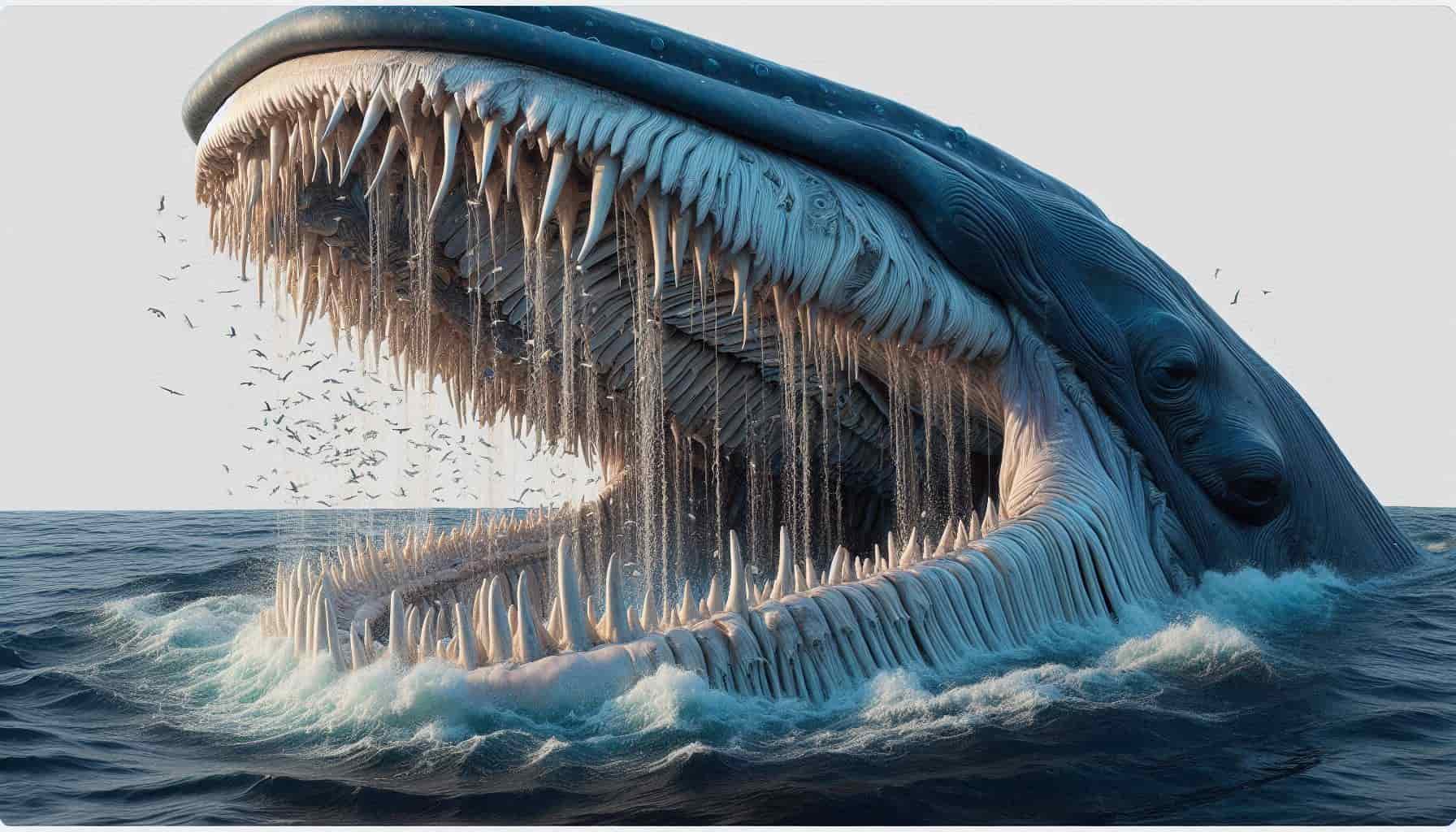


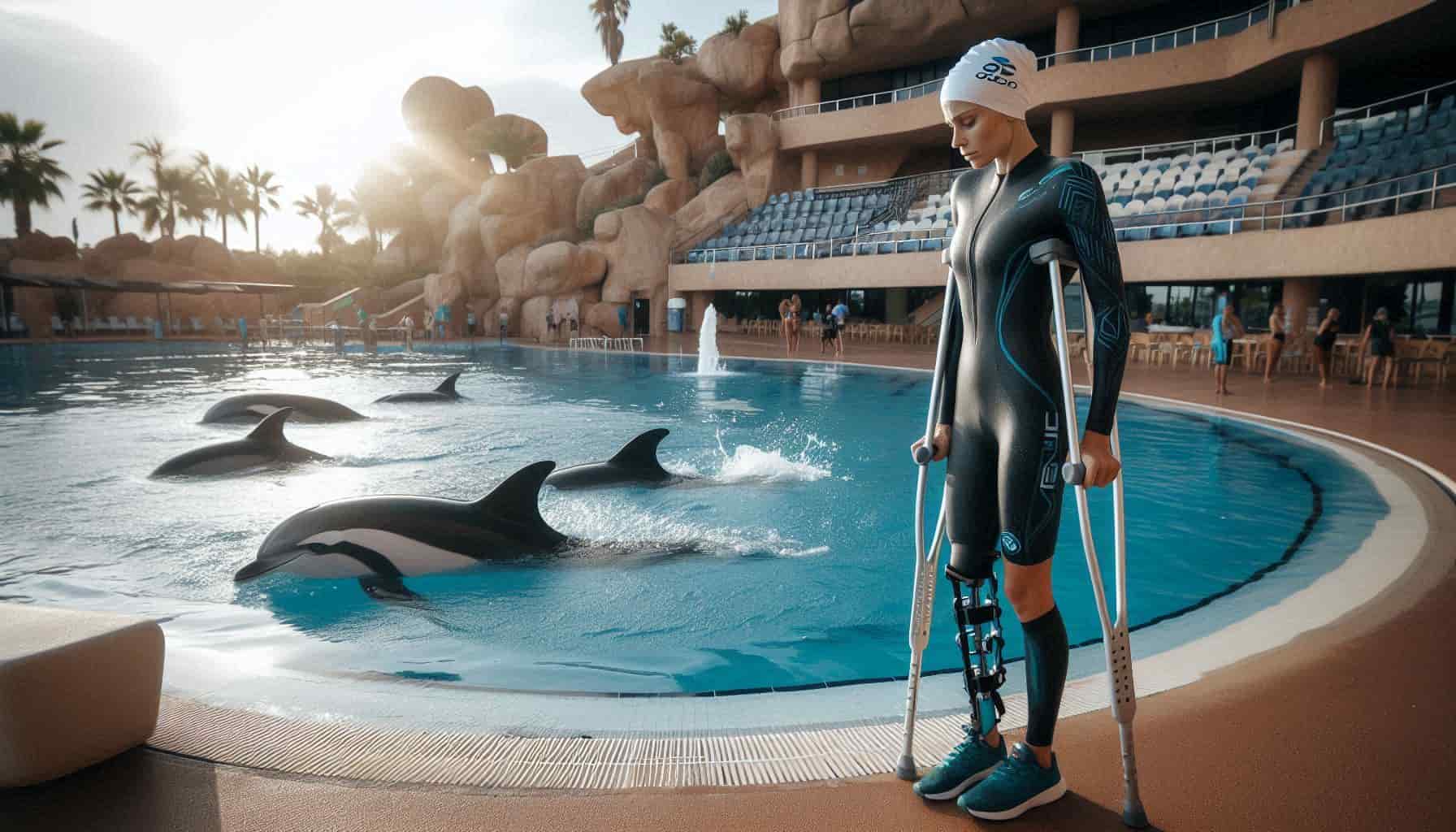


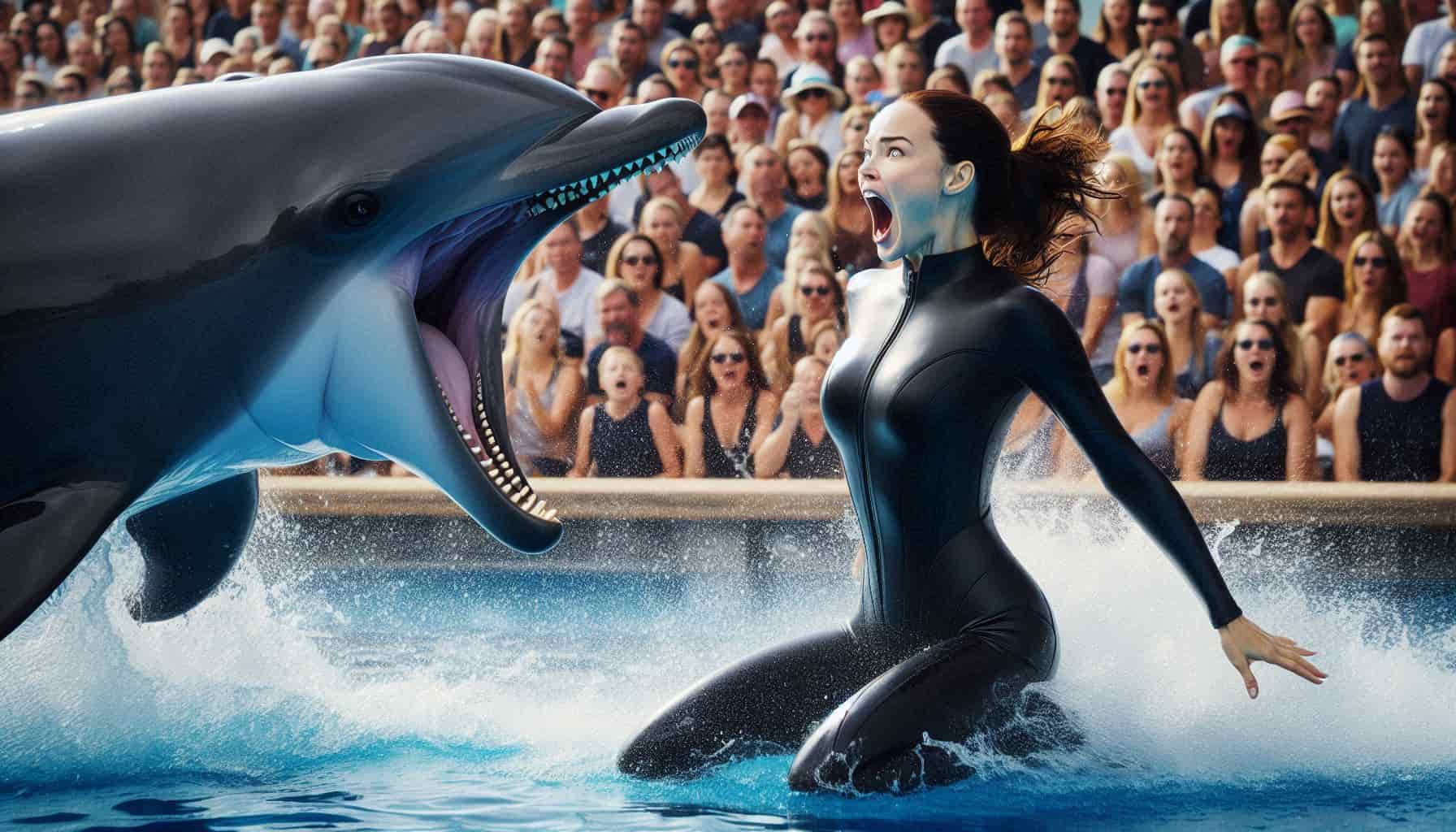

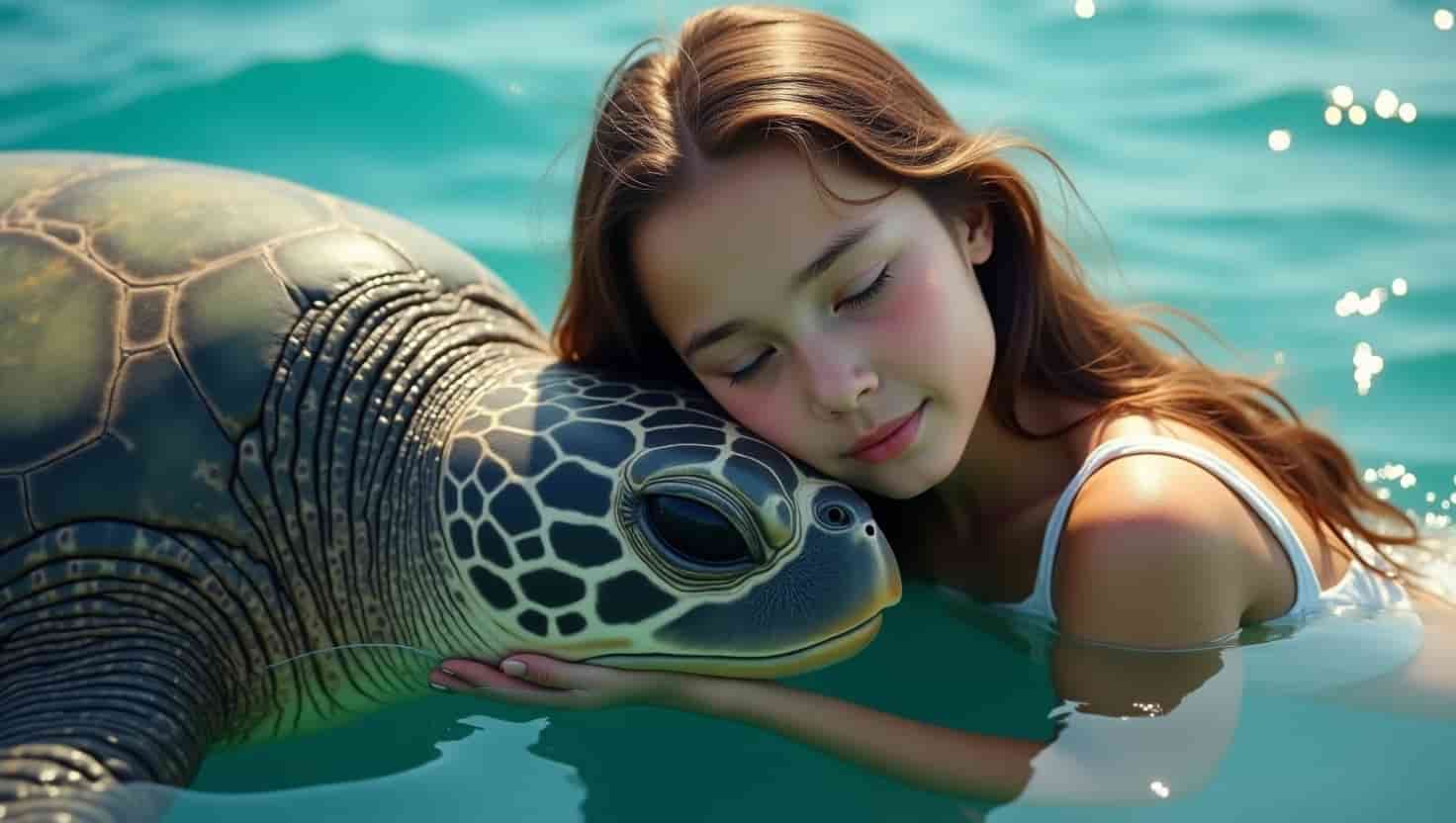
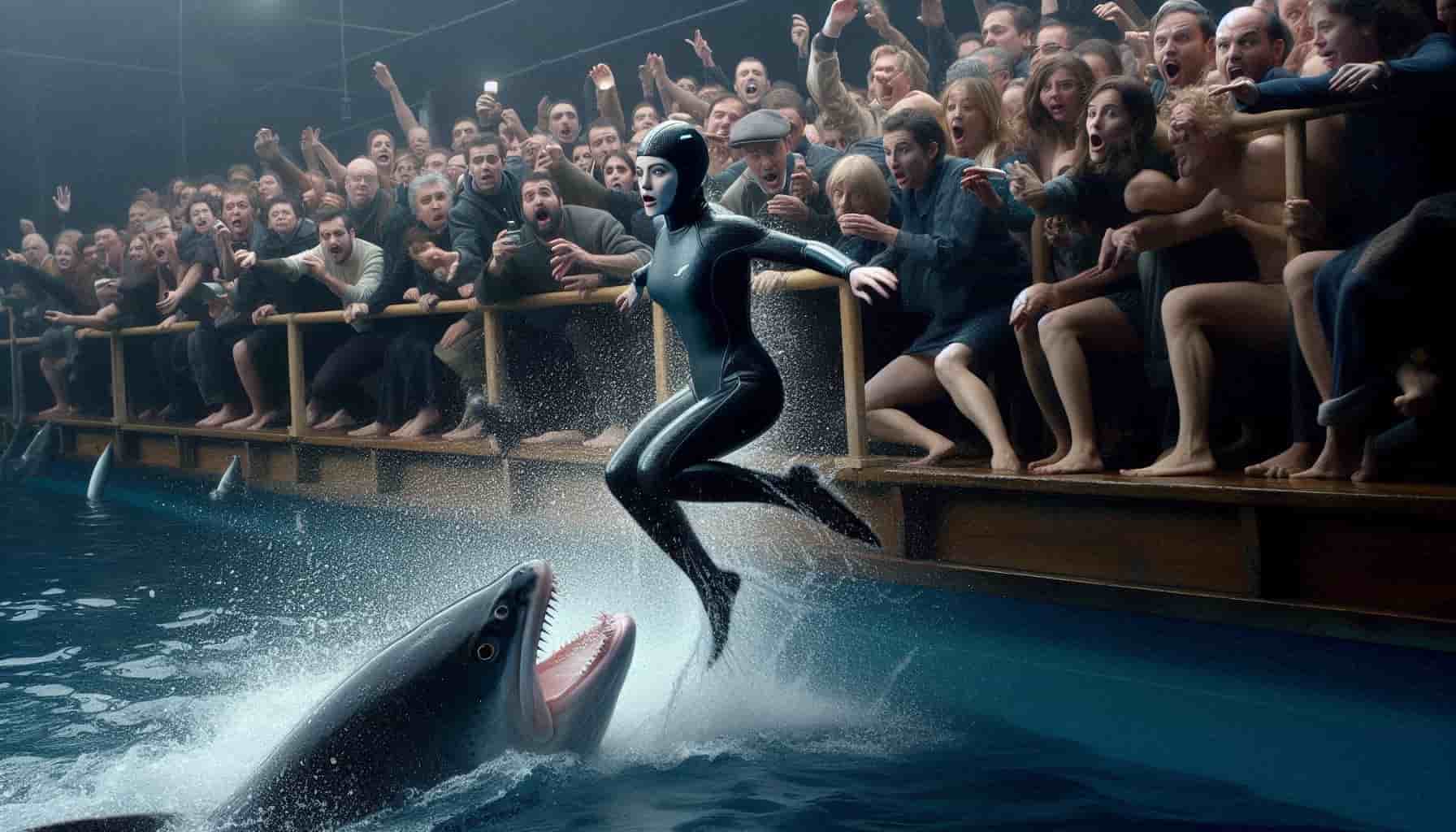


Leave a Reply